详情

ICARE HIV 1&2 RAPID SCREEN TEST
At Nexus, we are proud to provide innovative healthcare solutions, including the ICARE HIV 1&2 RAPID SCREEN TEST. This easy-to-use self-testing kit offers a reliable and accessible way to screen for HIV-1 and HIV-2 antibodies in the comfort of your own home. With a focus on privacy, convenience, and accuracy, this kit empowers individuals to take charge of their health.
Key Features:
-
Self-Testing Convenience: Designed for easy home use, the kit requires only a fingertip whole blood specimen, offering privacy and simplicity.
-
Antibody Detection: Detects HIV-1 and HIV-2 antibodies (IgG, IgM) in a single test, providing a reliable screening tool for established HIV infections.
-
In Vitro Diagnostic Use: Intended for qualitative antibody detection, delivering accurate preliminary results.
-
Rapid Results: The lateral flow immunoassay provides results within 10–20 minutes, with a clear and easy-to-interpret display.
-
Simple to Use: Includes step-by-step instructions to ensure proper testing and result interpretation.
Versatile Use Cases:
- Home Testing: Ideal for those who prefer to test privately and conveniently at home.
- Healthcare Settings: Suitable for healthcare professionals for preliminary HIV screening.
- Global Accessibility: Available worldwide, supporting healthcare initiatives across 57 countries, including regions in Africa (e.g., Nigeria, Ethiopia, Egypt, and the Democratic Republic of Congo) and parts of Central Asia and the Caribbean.
How It Works:
The ICARE HIV 1&2 RAPID SCREEN TEST uses a serological lateral flow immunoassay to detect HIV-1 and HIV-2 antibodies in whole blood collected from a fingertip. The test strip displays clear results, helping users quickly understand their HIV antibody status.
Why and Who Should Test for HIV?
HIV (Human Immunodeficiency Virus) is the virus responsible for AIDS (Acquired Immune Deficiency Syndrome). Anyone can be at risk for HIV, regardless of age, gender, or lifestyle. The most concerning aspect of HIV is that most infected individuals may not experience symptoms and can feel perfectly healthy, making it difficult to know their HIV status.
Common Routes of HIV Infection include:
- Unprotected Sexual Contact: Having sexual relations without a condom with an HIV-infected person.
- Needle Sharing: Repeated use of needles for drug use can spread HIV through blood-to-blood contact.
- Unsafe Blood Products: Receiving contaminated blood or blood products.
- Mother-to-Child Transmission: HIV can be passed from a mother to her baby during pregnancy, childbirth, or breastfeeding.
- Intravenous Drug Users: Individuals who inject drugs are at an increased risk due to needle sharing.
- Healthcare Workers: Those who handle blood samples or work in environments where accidental needle-stick injuries can occur.
Who Should Test for HIV?
- Anyone who is sexually active—especially individuals with multiple sexual partners or unprotected sex.
- People who have shared needles for drug use or have a history of intravenous drug use.
- Individuals who have received blood transfusions or used blood products before modern HIV screening methods were adopted.
- Pregnant women—testing for HIV during pregnancy ensures early treatment to prevent mother-to-child transmission.
- Healthcare workers—those working with blood and body fluids may be at risk.
Innovative Features of the ICARE HIV 1&2 RAPID SCREEN TEST
The ICARE HIV 1&2 RAPID SCREEN TEST offers a fast, reliable, and accurate solution for HIV screening at home. Key features include:
Fast Results: Get actual results in just 5 minutes, ensuring quick insights into your HIV status.
Highly Accurate: With 99.9% accuracy (compared to the EIA method), the ICARE HIV 1&2 RAPID SCREEN TEST delivers reliable results you can trust.
Highly Sensitive: The test has 99.9% sensitivity, ensuring it can detect HIV even at low levels of the virus in the body.
Highly Specific: 99.9% specificity means it minimizes the chances of false positives, offering precise results.
User-Friendly: Designed for easy use, the kit requires no medical expertise. Simply follow the instructions for clear, accurate results.
Simple Procedures: The easy-to-follow instructions ensure you can confidently perform the test and interpret the results.
Easy Interpretation: Results are clearly displayed, making interpretation straightforward for users.
USAID Approved: The ICARE HIV 1&2 RAPID SCREEN TEST is USAID approved, ensuring it meets high standards for global health initiatives and provides quality results.
Why Choose the ICARE HIV 1&2 RAPID SCREEN TEST?
Quick, reliable, and highly accurate results help users take control of their health without the wait.
Convenient at-home testing that offers privacy and ease.
Global accessibility, trusted by healthcare professionals and individuals alike.
What's Inside Each ICARE HIV 1&2 RAPID SCREEN TEST Kit?
The ICARE HIV 1&2 RAPID SCREEN TEST is designed to provide a simple and reliable way to test for HIV in the comfort of your own home. Each test kit includes everything you need for an accurate and easy testing experience:
1 x Test Cassette: The essential component where the blood sample is applied, and results are displayed.
1 x Dropper: Used to transfer the blood sample onto the test cassette.
1 x Buffer: A chemical solution that helps dilute the blood sample, ensuring accurate results.
1 x Lancet: A small needle used for pricking your fingertip to obtain the blood sample.
1 x Alcohol Swab: For cleaning the finger before pricking to ensure hygiene and minimize the risk of infection.
1 x Silicon Gel: A drying agent that helps keep the kit contents dry and protected during storage.
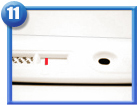
Negative HIV Result
(No HIV antibodies detected)
Pink Line next to "C"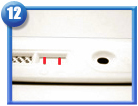
Positive HIV Result
(HIV antibodies detected)
Pink Line next to "C" and "T"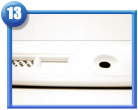
No Results
(The device may be faulty, please test again using a new kit)
更多 NEXUS LABORATORIES 相关资料
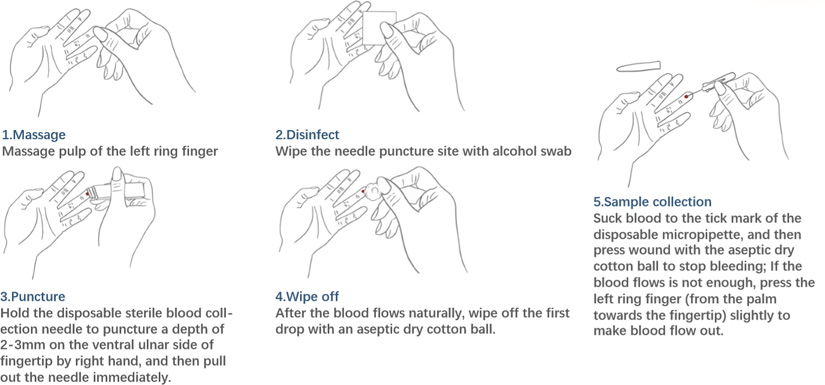
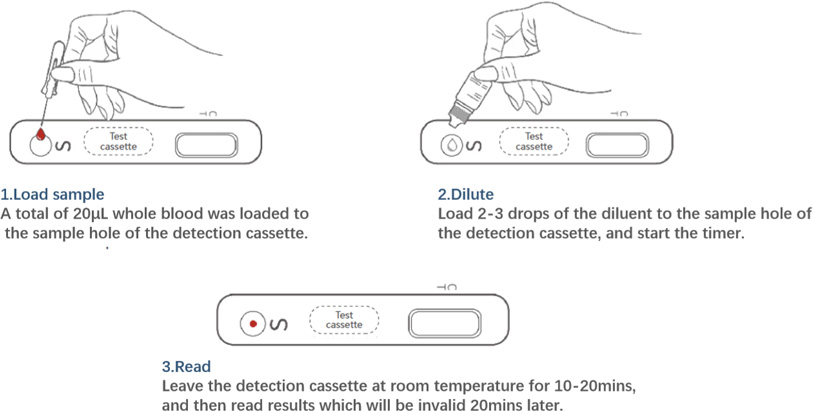



 Malaysia
Malaysia